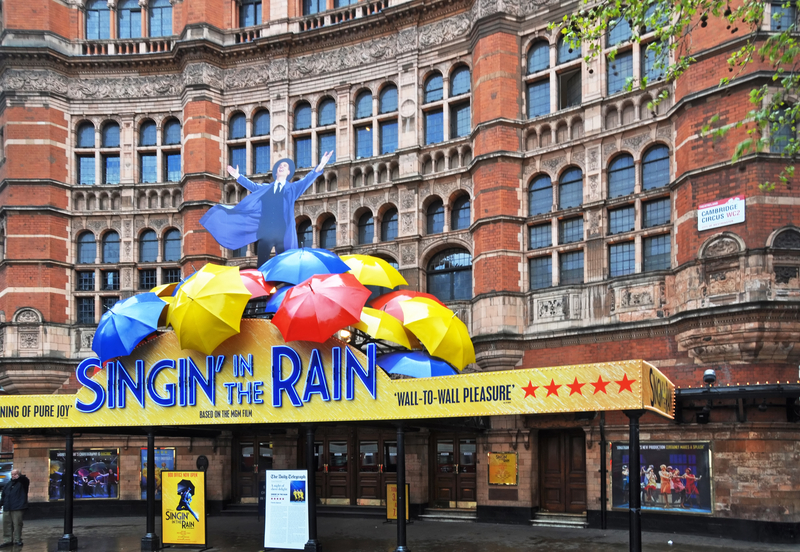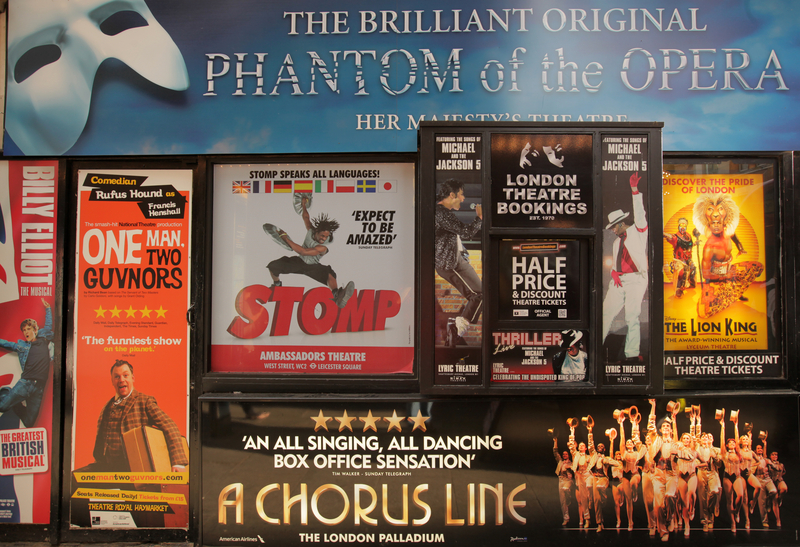
Article #4 in the Wise Wanderer Series in Vermont Maturity
Imagine yourself sitting in a centuries-old pub in London, sharing a pint with locals who’ve been coming to this same establishment for decades. Or chatting with an older British couple in a garden you meander through on your walk to the Thames. As they direct you to take the “Wobbly” bridge across the river to the rebuilt Globe Theater (and its lovely Swan Restaurant, with views overlooking the river), they tell you the tale of how the bridge came by its name. When it was showcased by a parade on its opening day, the marchers stomped across it in step and set the bridge to “wobbling” dangerously.
These are not the experiences of rushed tourists. This is cultural immersion—the art of becoming a temporary local—and it’s one of the greatest rewards of gentle travel.
In our previous articles, we’ve explored the fundamentals of gentle travel, highlighted five iconic European cities worth savoring and discussed finding the ideal travel companion. Now, we’re ready to delve deeper into how to truly immerse yourself in the culture of your chosen destination, using London as our primary example.
Slow Travel and Extended Stays: The Foundation of Immersion

The secret to cultural immersion begins with allowing enough time. Traditional tourism often treats destinations as items to be checked off a list—”See Big Ben, snap a photo, move on.” Gentle travelers understand that genuine connection requires lingering.
In London, book a flat for at least 7 days in a convenient location where you can “walk out the door and be there!” Choose a place near Leicester Square, handy to all those lovely perches in the square, as well as to restaurants, museums, theaters and the ever-engaging Covent Garden.
Travel about the city on the river, using the handy Uberboat Clippers—sleek high-speed catamarans. These offer restful but efficient transportation, with a view.
When you hop off at Embankment Pier, walk over to Tattershall Castle, a decommissioned passenger ferry, now permanently moored and transformed into a distinctive floating Pub. Find a table on the main deck and order wine, ale or lager and a burger, pie or fish and chips. The relaxed daytime atmosphere here is replaced on weekend evenings when the Tattershall transforms into a vibrant nightspot. Another day, return to the Tattershall in the late afternoon to witness the magical transformation of London as day turns to evening. The illumination of the South Bank buildings and the London Eye creates a spectacular backdrop for drinks and conversation.
Engage with Locals: Make Meaningful Connections
Cultural immersion flourishes through human connection. While British reserve is legendary, Londoners are generally welcoming once appropriate contexts for conversation are established. Local tours led by residents rather than international companies offer excellent opportunities for authentic interaction. Consider London Walks, where knowledgeable locals guide small groups through historic neighborhoods, sharing personal insights along with historical facts. These guides often become valuable resources, happy to suggest their favorite restaurants or events.
Markets become social hubs rather than mere shopping destinations when approached with curiosity and openness. At Covent Gardens, talk with vendors about their creations. Find the woodcarver in his booth, selling hand-carved pens shaped as animals and birds, and ask him about his craft. How does he come up with his many ideas and which are most popular?
Community spaces provide another avenue for connection. London’s many bookshops frequently host evening readings or discussions. Similarly, attending services or a concert at historic churches like St. Martin-in-the-Fields includes not just architectural appreciation but possible conversation with a local afterward.
These brief exchanges often evolve into meaningful conversations and connections. Remember that genuine connection requires genuine interest. Ask thoughtful questions, listen attentively, and share your own perspectives when appropriate. Cultural exchange should flow both ways.
Balance Tourist Goals with Authentic Londoner Experiences

London presents the gentle traveler with a particular challenge: how to experience iconic sites without becoming trapped in tourist crowds and missing the authentic city. The solution lies in developing a balanced approach.
If you must visit major tourist attractions like the Tower of London or Westminster Abbey, aim for off-peak hours—perhaps a weekday afternoon rather than a weekend morning. Consider tours that offer “fast-track” entry, or even entry before the normal opening hours. This will allow you to skip lines and conserve energy in the process.
Visit the British Museum like a Londoner— multiple times, not in a single frenzied marathon. See Big Ben, the Houses of Parliament, Tower Bridge and the London Eye from the front deck of an Uberboat Clipper. Find “your bench” in Victoria Embankment Gardens beside the river and sit awhile on your way to the pier.
And like a Londoner, attend LOTS of theater. London is the capital of the world when it comes to theater. Londoners — royalty, nobility, and commoner— have flocked to shows in vast numbers since the 1500s (except for a brief period in the mid 1600s when theater was banned for its “lascivious mirth and levity”). To save money on shows, stop by the discount booth in Leicester Square (or access it online) to see what options remain for tonight at a fraction of normal ticket prices.
Travel as a Noticer, Listener, and Learner
Cultural immersion requires presence—the ability to fully engage with your surroundings rather than rush through them. Gentle travelers excel as “noticers,” developing an awareness that younger, more hurried tourists often miss.
This noticing extends to all senses. In London’s parks, notice how differently various generations use the space—elderly Londoners feeding birds, office workers taking lunch breaks, families on weekends.
Cultivate curiosity about everyday details. Why do London’s black cabs have such high roofs? (To accommodate gentlemen’s top hats in Victorian times.) Why do some pubs have unusual names like “The Prospect of Whitby” or “Ye Olde Cheshire Cheese”? (Each tells a historical story.) These questions lead to discoveries that rarely appear in guidebooks.
Looking Ahead
As you practice cultural immersion, you’ll discover that gentle travel creates perfect opportunities for rich experiences that rushed tourism cannot provide. The connections you make, the subtle cultural understandings you develop, and the sense of temporary belonging you achieve will become among your most treasured travel memories.
Resource Box
Carolee Duckworth is an avid traveler who has designed and written about dozens of “great trips.” Among her books, available on Amazon, are: “Your Great Trip to France” and “Shifting Gears to Your Life and Work After Retirement.” Her website (https://GreatTripGuide.com) offers a growing selection of day-by-day trip plans, with links for all bookings to be made in advance.
Photo captions:
Supplied by Carolee Duckworth
London Theater






Comment here